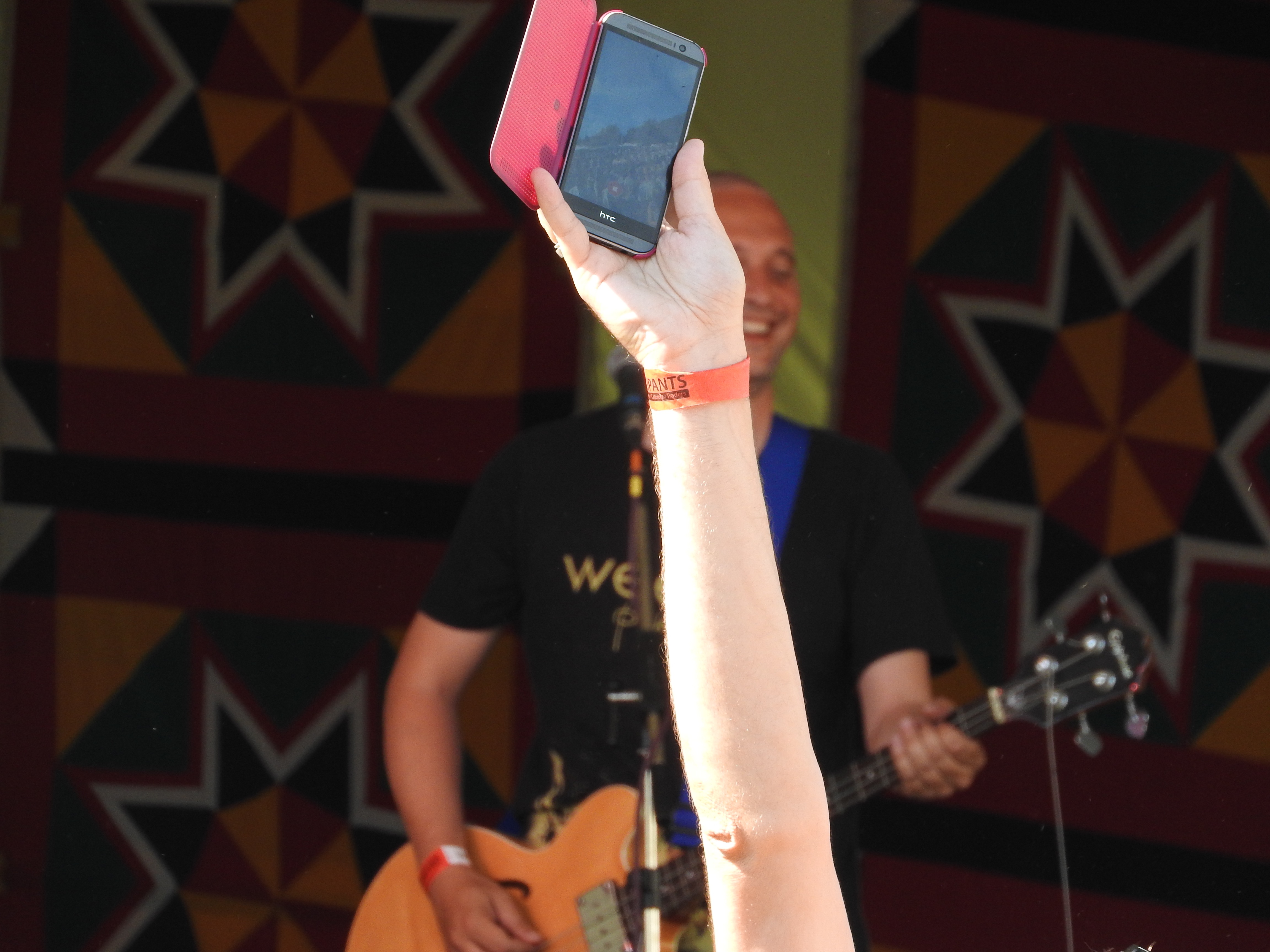
There are four basic types of cameras. Any of these four should work just fine for this course.

- DSLR/mirrorless cameras. A DSLR or a mirrorless camera is the most sophisticated of cameras. Both have changeable lenses, which expand options for photographers. The one real difference between the two is how the image is projected to the viewfinder (or LCD screen). In a DSLR, a mirror takes what the lens sees and reflects the image to the viewfinder. A mirrorless camera skips the mirror step and digitally reflects what the lens sees to the viewfinder or screen. Since the mirror must flip out of the way before a DSLR can take a photo, the image is recorded the same way for either a DSLR or a mirrorless camera. Some photographers dislike the digital-based mirrorless approach, but others prefer it, since mirrorless cameras tend to be lighter and quieter than DSLRs (the mirror flipping up can create quite the snapping sound!) and therefore are better for situations like long hikes and wildlife photography.
One of the other advantages of a DSLR or mirrorless camera is that the camera shoots in RAW file format. We’ll talk more about RAW vs. Jpeg later – for now, know that RAW format allows for more options when editing the pictures after the photo shoot.

- Bridge cameras. A bridge camera is something between a mirrorless camera and a point-and-shoot. It usually has a fixed lens (in other words, you can’t swap it out for another lens) but it has many of the manual controls of a DSLR or mirrorless camera (albeit usually with more limited f-stops and shutter speeds). Bridge cameras tend to be smaller than DSLRs and therefore are easier to slip into a pocket and lighter to carry on hikes into the wilderness. Many professional photographers use bridge cameras for setting up their initial shots before getting out their big, professional cameras, or for situations where a large camera would be too awkward or obvious. Some bridge cameras also shoot in RAW format (more on that later).

- Point-and-shoot cameras. Like their name suggests, a point-and-shoot camera allows the photographer to do just that – point the camera and take the shot! While they are convenient, small, and lightweight, the lack of manual controls can be frustrating to some photographers. Because you can’t adjust the aperture or shutter speed on many models, creative options may be more limited. That said, I’ve seen some fantastic photos from point-and-shoot cameras, so it can be done.

- Phone cameras. Most phone cameras operate similarly to point-and-shoot cameras – with limited manual controls but with convenience that outweighs many of the disadvantages of larger cameras. Some phone cameras shoot in RAW format and/or have options to manually adjust the exposure triangle and other settings. In the past, phone cameras were not high enough quality to compete with DSLRs; however, phone cameras have evolved to the point that it’s frequently difficult to tell – from a quality perspective – whether or not a phone camera was used, at least when viewed at a small to medium size.
Let’s discuss how each of these cameras work.